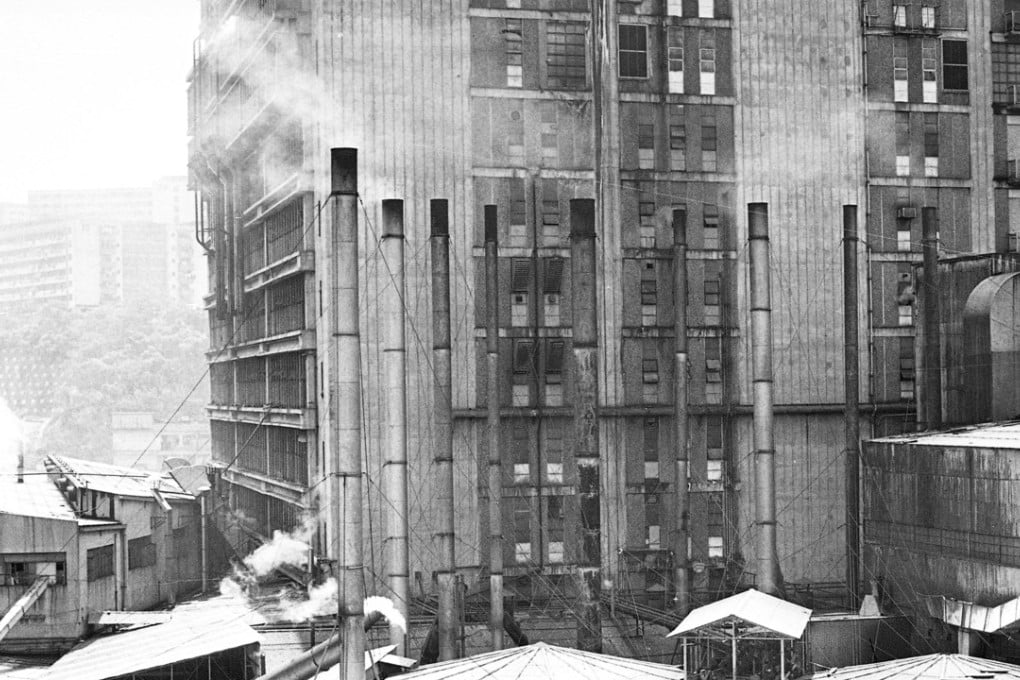Then & Now | When Hong Kong textile mills were free to pollute Victoria Harbour and streams ran red, green, and yellow with run-off
Textile mills provided employment for several generations of Hongkongers and made their proprietors rich, but the coloured effluent that spewed from dyeing works defiled city nullahs and inshore waters until production moved to China

Textiles were an important component of Hong Kong’s economy for more than a century. From its early 1860s beginnings in Causeway Bay, on Hong Kong Island, until the sector’s decline as factories relocated to China during the 1980s, the textile industry provided generations with local employment opportunities.
Spinning, weaving and garment manufacture are best remembered; less recalled is another important process – bleaching and dyeing. Yim Po Fong Street, in Kowloon – literally “Dye Cloth” Street – recalls early-20th-century fabric dyeing activities in the area.
Both processes were environmentally disastrous and required significant quantities of fresh water; in the days before reliable cross-border supplies, this resource was intermittently rationed.
In the 1970s, the unedifying view from footbridges over the concrete-lined streams leading down to the Kai Tak Nullah was one of foaming waters and constantly changing colours. Violent red was rapidly succeeded by sickly violet, bilious green and nauseous yellow, these lurid discharges originating from (mostly Shanghainese-owned) dyeing mills further upstream around San Po Kong, Kowloon Bay, Choi Hung and Diamond Hill.

Rainbow-hued effluent also poured forth from nullahs around Kwai Chung and Tsuen Wan. These dyeing mill discharges were a key reason beaches from Ting Kau north towards Castle Peak were closed to bathers for many years. Skull-and-crossbones signs planted along the foreshores reinforced the grim environmental warning.
